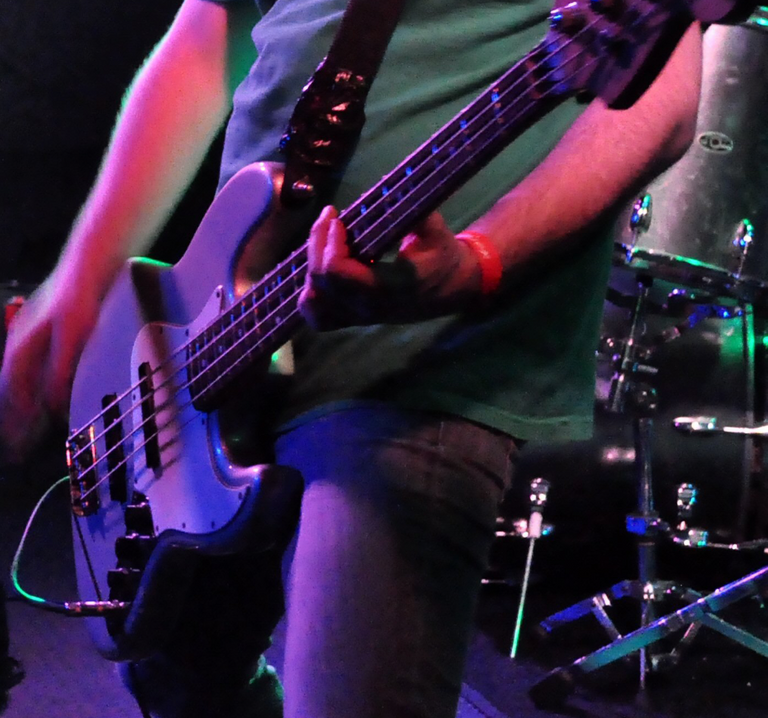
Let’s take heavy metal riffs, with progressive beats and played with the energy of punk. We get a truly alternative rock sound and the genre became distinguished as the sound of the 90’s. You hear the influences from Led Zeppelin and Black Sabbath, prominent 70’s hard rock and metal but more gargled and like it was on steroids. With the angry lyrics of punk rock bands like the Sex Pistols or the The Clash. Now blend it all together like one big mash up. Played with the volume turned all the way up blaring from analog speakers, the best way to listen. This is the sound from Seattle that made it to the rest of the world known as “Grunge Rock”.
Grunge to culture icons meant flannel shirts, Doc Marten boots and ripped jeans. It was a movement that birthed “Alternative Rock” aka as “College Rock” because it had a big following among the “Generation X”. A whole sub-culture emerged from this genre. It was also counter-culture in a sense that it was not about conformity. It was being unique in your own loud way which was how the bands from Seattle created a new rock genre. It wasn’t about over the top guitar solos, flashy hair and lavish lifestyles of the glam rock heavy metal scene in Los Angeles. That sound was more typical of 80’s hard rock that thrived on Sunset Boulevard. The Seattle sound was just pure adrenalin and aggressive energy being unleashed, with no particular care to looks and style. That was how pop culture saw grunge for the most part.
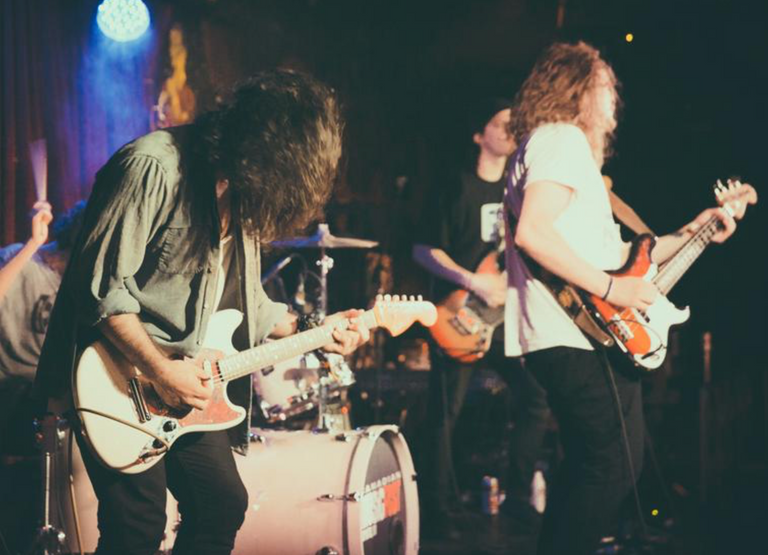
I was more interested in grunge because of the sound. It was the type of hard rock that really has been missing. At a time after glam metal became mediocre, college kids in the 90’s were looking for something new and that was when I first heard of the Seattle sound from a band called Nirvana. They were probably the first major grunge act to become mainstream and featured on MTV. Kurt Cobain became a rock icon and paved the way for grunge rock’s exposure to the public. It was so honest in it’s portrayal of rock music as wild, energetic and just meant to be played loud. You didn’t have to have long hair and wear spandex to rock it on stage. Like in the Nirvana song, just “Come As You Are.” If you were from Seattle you would know about the other bands that were part of this scene. For most people though, like those college kids in the 90’s, it was Nirvana that introduced us to other bands like Soundgarden, Alice In Chains, Mudhoney and the next big group after Nirvana, Pearl Jam. While Kurt Cobain and Nirvana were known for there loudness and punk sensibilities, Pearl Jam was about overdriven guitar and bass. Soundgarden treated rockers to Chris Cornell’s unique vocals with that deep heavy pounding beat that was becoming typical of grunge. This beat was further exemplified with Alice In Chains, in a more metallic way. Other bands like Mudhoney and Green River had their own unique sound that clearly was grunge but shows different rock influences. In the end grunge rock is basically just taking what rockers know and playing it overly distorted and of course LOUD! Grunge influence soon spread to non-Seattle bands like Stone Temple Pilots and Silverchair. There were also female acts like Hole, Veruca Salt, L7 and the Breeders who were clear examples of the grunge influence in alternative rock.
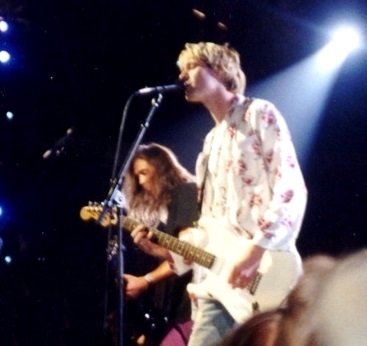
How is this sound created? Just like any hard rock or metal tune, it requires an electric guitar and bass with amplifiers and distortion pedals. Fuzz pedals were the preference among grunge guitarists. According to Wikipedia, the most common distortion pedal grunge rockers use is the BOSS DS-2 distortion pedal. This creates one of the key effects in grunge which is a growling guitar riff. Some grunge guitarists use wah-wah pedals. What a wah-wah pedal does is that it alters the tone and frequencies of the guitar signal to create a distinctive sound, similar to a human voice. The effects grunge rockers use is the same as that of heavy metal guitarists. The difference however is that while metal guitarists use a combination of overdriven amps and distortion pedals, the grunge rockers use overdrive with fuzz pedals and then made louder with amps. Grunge doesn’t focus so much on guitar soloing, but more emphasis on power chords. Bands like Alice In Chains and Pearl Jam did bring more solo efforts to grunge rock, but not all bands did the same. Nirvana was able to get by with power chords and simple beats that just sound amazing.The sound we hear is the culmination of heavy metal, punk and progressive styles. It is also fair to say that “Noise Rock” has a similar sound to grunge, but is more on the progressive side of alternative rock with acts like Sonic Youth and Fugazi.
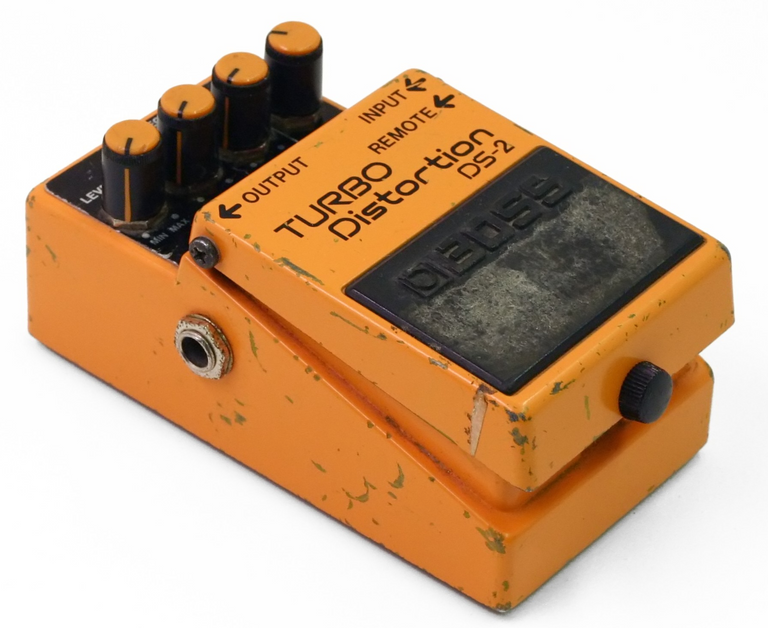
I want to delve into the physics of grunge rock. When you dive down deep to analyze a grunge rock song’s frequency spectrum, it resembles more of a flat top, square wave typical of FFT (Fast Fourier Transforms). When analyzed using a frequency analyzer to measure the sound waves, it has sharp corners and a flat top when graphically plotted. This is an interpolation of the frequencies taken from a sample. Using a plot spectrum analysis using FFT algorithms, I have created a plot of three grunge rock songs to show their main characteristics.
To create these plots, I used Audacity 2.1 plot spectrum analysis with the following settings:

I also sampled the songs at 44.1 kHz. I am basically getting the frequency resolution from a sample of parts of the song, not the entire song.
As we can see, the plot shows just how it resembles a flat top with sharp spikes. This shows the intensity of the sound, or its loudness on a scale measured in dB with relation to the frequency. Loudness is not measured in the frequency of the sound wave, but rather its amplitude. The dB scale is negative with the intensity getting louder as it approaches 0 and silence as it reaches a more negative value.

In the Alice In Chains song “It Ain’t Like That”, the peak amplitude from my sample reached -6dB at low frequency range between 100 Hz to 200 Hz. That is an example of the loud, overdriven beat from the guitars and bass blasting away at high intensity. Jerry Cantrell gets that deep grungy feedback sound from a G&L guitar (among many), pre-amps, distortion pedals including the wah-wah pedal and various types of amplifiers.

Soundgarden’s “Loud Love” shows how to create harmonic distortion with a single tone and a load of harmonics. As guitarist Kim Thayil and bassist Ben Shepherd overdrive their amps, the pulse from the signals become more square and steeper at the same time. It creates sort of sonic wall of loudness as can be seen with peak amplitude levels at -15dB at a lower frequency with higher frequency harmonics. The high frequencies are from Chris Cornell’s vocals that spikes up from the near flat plateau of amplitudes.

Pearl Jam’s “Evenflow” while overly distorted, was refined in studio for the album release. Otherwise it is another example of loudness as shown by the peak amplitudes. Pearl Jam has a more rhythmic section with guitar solos. There is a lot of what is called hard clipping in their beats. This is like breaking the threshold of an amplifier to drive more volume, creating distortion in the sound.
The common factor we see from grunge rock songs are obviously distortion. When cranking up the volume on a guitar amp it is increasing the amplitude of the sound wave. The amp has a threshold where the amp is trying to output a sound wave of greater amplitude than it is capable of. This is what results in distortion. The sound gets clipped, which is why the peaks and troughs get cut and form a flat wave in a spectrum plot at it’s peaks and troughs. The flat sections are the distortion.
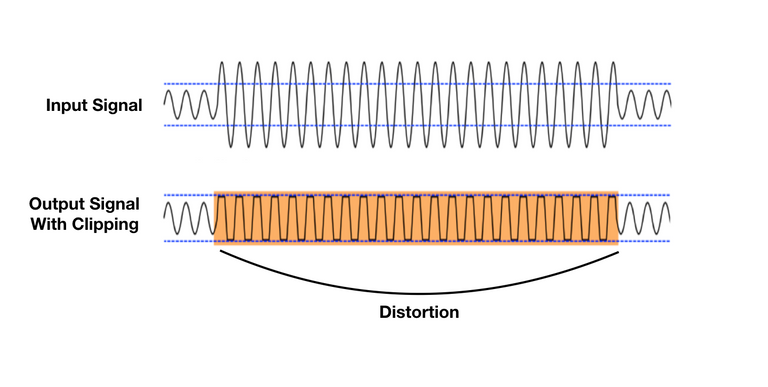
In amplifiers it is called THD or Total Harmonic distortion. It is caused by the amplifier needing more voltage than its power supply can provide. It can also be caused by output transistor exceeding its output capacity. So instead of reproducing the peaks of an audio waveform, the amplifier clips them off. Another term for this is “clipping”.
Grunge is now very much a part of the collective of music genres we listen to. At one time it was an underground scene in the city of Seattle. Now its influence can be heard in the latest rock songs. It was both a social movement with a sub-culture that behave and dress in a certain way, and a rock genre. It is now widely available from online music services, streaming video providers and Internet radio. Just remember, it was once enjoyed by Seattle’s youth who liked loud music in a land known for caffeine and rain.